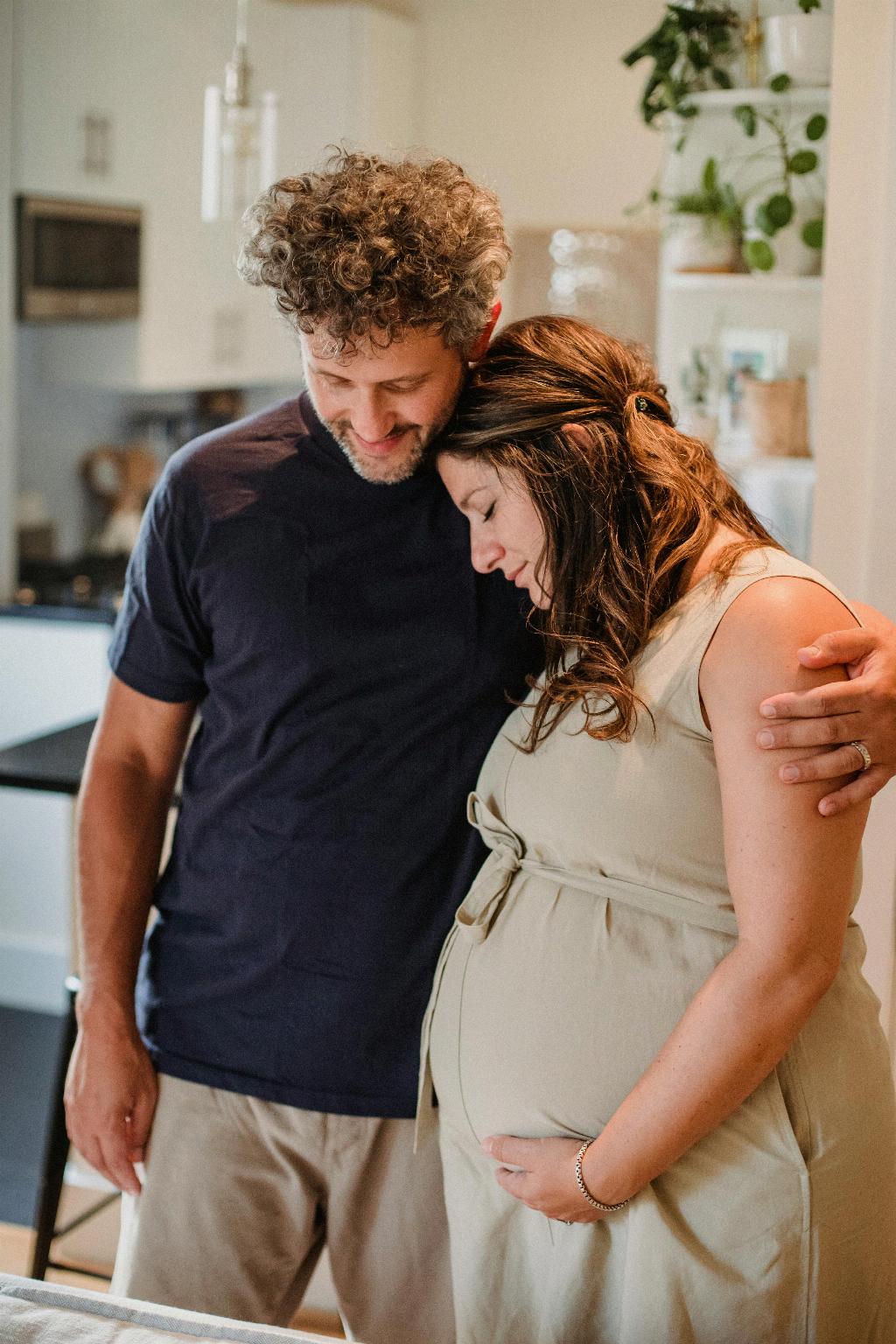When it comes to pregnancy and childbirth, there are different types of deliveries that women may undergo. One common method is known as a C-section, also referred to as a C type pregnancy. This surgical procedure involves making incisions in the mother’s abdominal wall and uterus to deliver the baby. While natural vaginal birth is the preferred method in most cases, there are situations where a C-section becomes necessary.
Reasons for C-Section Delivery
There are various reasons why a woman may undergo a C-section delivery. Some of the common factors include complications during labor, such as the baby being in distress, placenta previa, breech presentation, or failure to progress in labor. Additionally, women who have had previous C-sections may opt for a repeat C-section for safety reasons.
Benefits of C-Section
Although C-sections are major surgeries and come with their risks, they can provide several benefits in certain circumstances. C-sections are often performed when there are concerns about the safety of the mother or baby during a vaginal delivery. They can help prevent complications and ensure a successful delivery, especially in emergency situations.
Risks Associated with C-Section
It’s important to note that C-sections carry risks like any other surgical procedure. Some of the potential complications include infection, blood loss, blood clots, and injury to organs. Recovery from a C-section may also take longer than recovering from a vaginal birth, and there can be risks associated with future pregnancies after a C-section.
Recovery Process after C-Section
After undergoing a C-section, women need to take adequate time to recover and heal properly. This involves following post-operative care instructions, such as avoiding heavy lifting, taking pain medication as prescribed, and attending follow-up appointments with healthcare providers. Proper self-care is crucial to ensure a smooth recovery.
Emotional Aspect of C-Section
Having a C-section can also bring about various emotions for women. Some may feel disappointed or overwhelmed by not having the birth experience they hoped for, while others may feel relieved that their baby is safe. It’s essential for women to process these emotions and seek support from loved ones or healthcare professionals if needed.
Caring for a Newborn after C-Section
After a C-section, women may need to adjust their care routines for their newborn baby due to the surgical procedure. It can be challenging to lift and hold the baby comfortably, especially during the initial days post-operation. Finding alternative ways to care for the newborn while recovering is essential.
Future Pregnancies and C-Sections
Women who have had a C-section in the past may have questions about future pregnancies and delivery options. Some may wonder if they can have a vaginal birth after a C-section (VBAC) or if they will require another C-section. It’s crucial to discuss these concerns with healthcare providers to make informed decisions.
Support System for C-Section Mothers
Having a strong support system is vital for women undergoing a C-section. Whether it’s help with household chores, emotional support, or assistance with newborn care, having people around who can lend a hand can make a significant difference in the recovery process. Open communication and seeking help when needed are key.
Conclusion
In conclusion, understanding what a C-type pregnancy entails and being aware of the reasons, benefits, risks, and recovery process associated with C-section deliveries is crucial for expecting mothers. While it may not be the preferred method for all women, C-sections can be a life-saving intervention in certain situations and provide a safe delivery option when needed. Proper education, preparation, and support are essential for women undergoing a C-section to ensure a positive birth experience and recovery.

